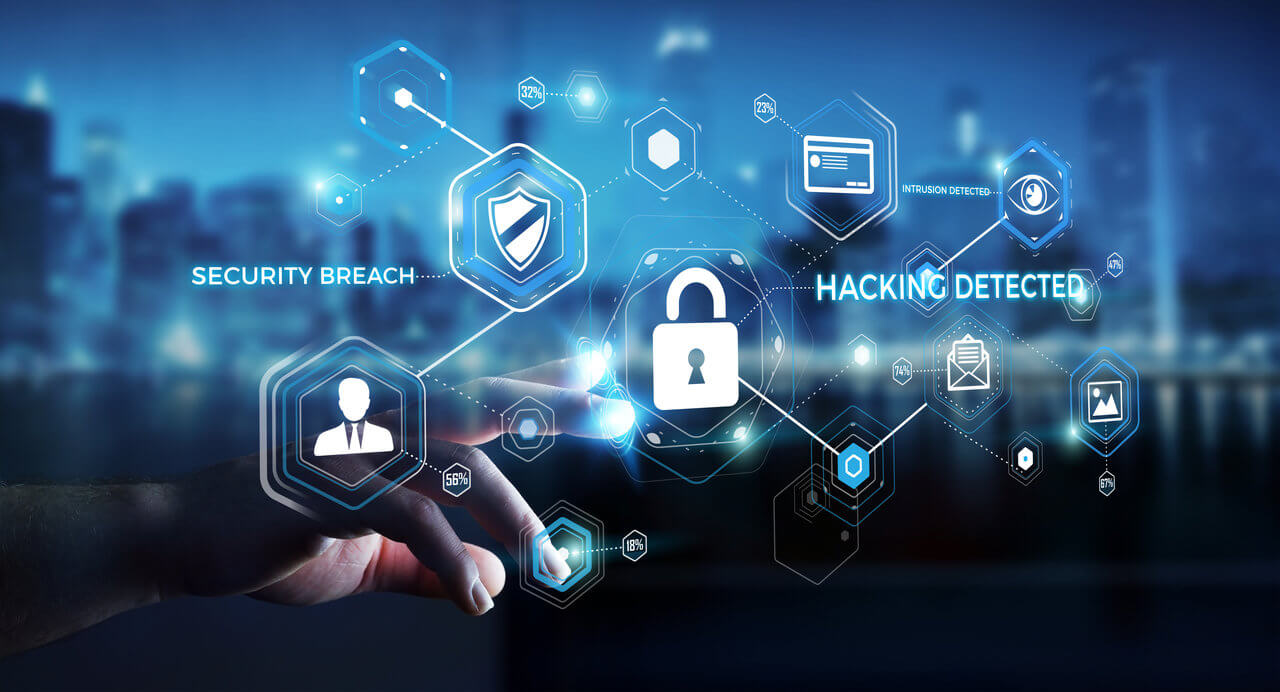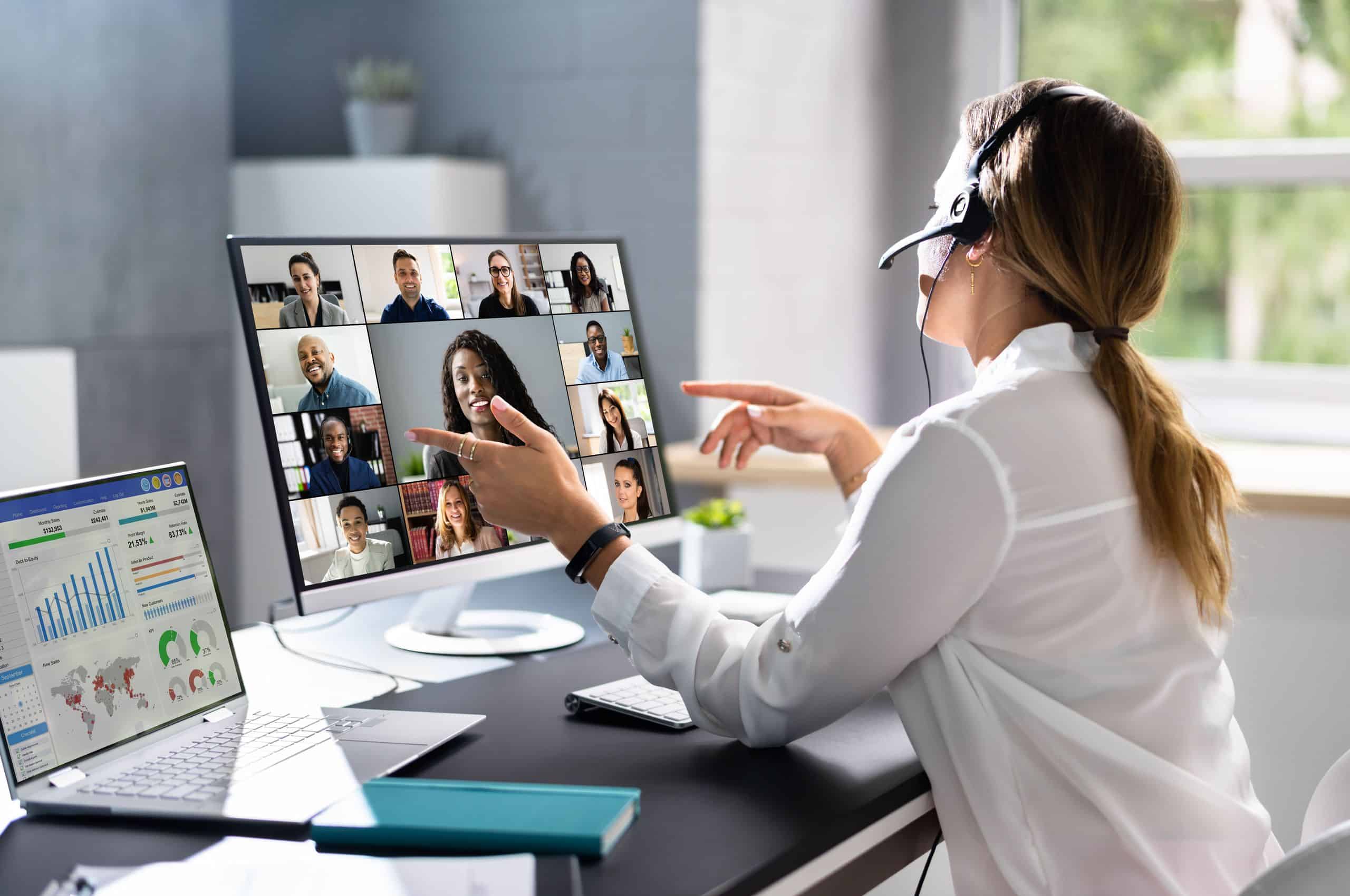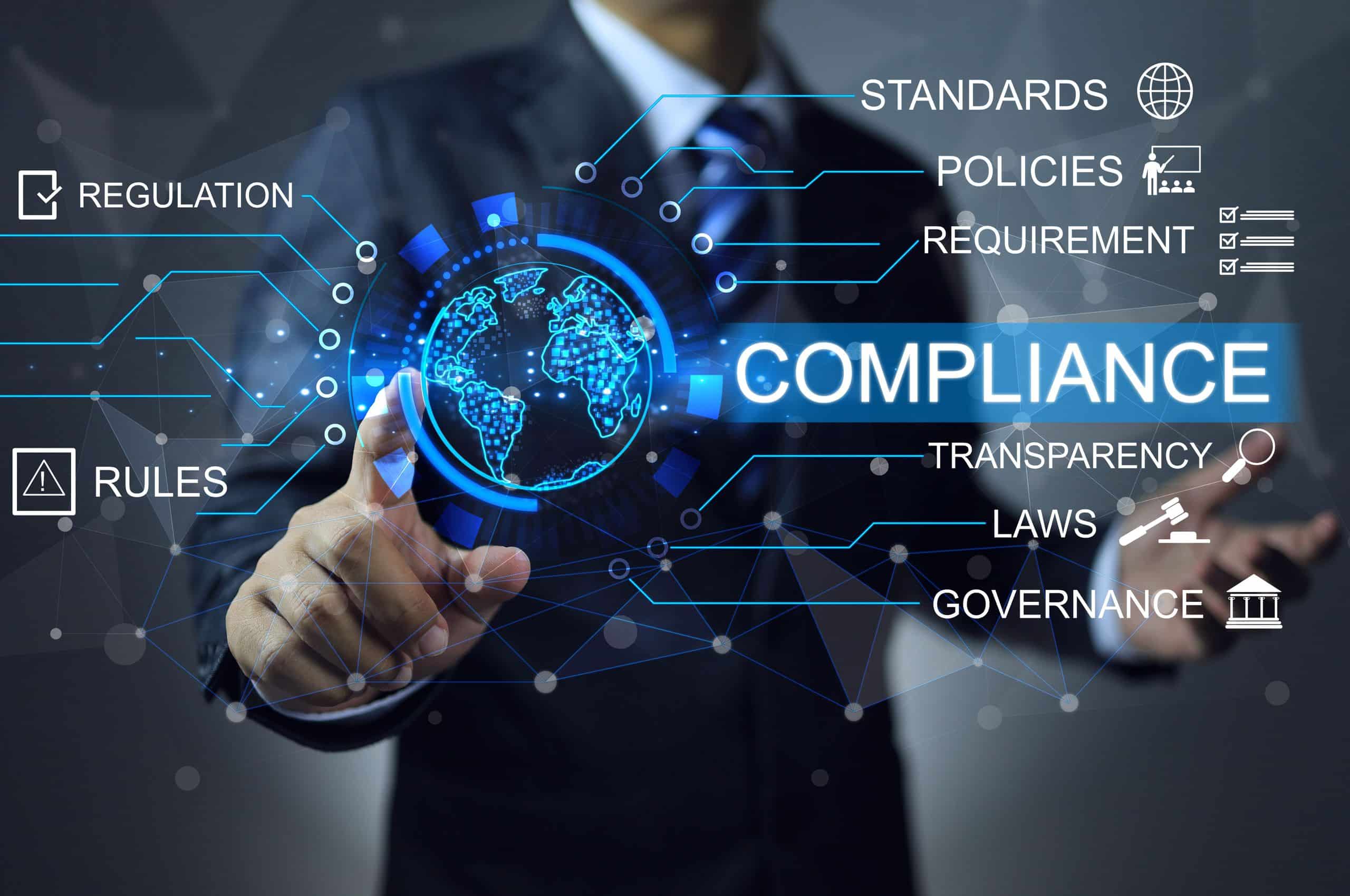
All Two-Factor Authentication (2FA) is Multi-Factor Authentication (MFA), but not all MFA is 2FA. Multi-Factor Authentication works on the principle of using multiple pieces of secret information in order to verify identity. Standard usernames and passwords can be brute forced but using a separate piece (or more) of information makes this more and more impractical. Some MFA schemes will use secret questions (effectively extra passwords), or a onetime key from an authentication application.
It used to take days to guess an 8-character password, now it takes literally minutes on a $35 Raspberry Pi. Everything requires a password, and people can be lazy and recycle passwords. If a user’s password is compromised for one site, who knows what other accounts are now compromised? Even the most trivial 2FA or MFA solution can reduce the impact substantially.
How Does MFA Work?
MFA (and by extension 2FA) add a protection scheme based on knowledge, possession, or biometrics.
Knowledge
This form of authentication relies on a knowledge-based challenge. This can be an extra password, a security question, or some other type of challenge. The goal here is to buy time without inconveniencing the user. By adding a separate password, an attacker must gain access to both passwords, and avoid locking themselves out trying to do so. Some challenges will have multiple potential knowledge tests to make this more complex.
Some of the first MFA I ever worked with was through a bank. The bank had a list of 20 images which you picked from and added a description. Each time you logged in, it would give you a subset of the images, you picked the one you had, and then it prompted you for the description. If you got it wrong 3 times, it locked the account for some period. My password got hacked plenty of times, but my account never did. Even something this low-tech ended up stopping dozens of potential breaches.
By having you pick the specific image first, it tested your knowledge. The prompt would then pop up no matter what was picked. This method is somewhat safe, but not foolproof by any stretch of the imagination. A single incident with a keylogger could get everything.
Possession
Possession challenges rely on the physical possession of a device or some other item. This can be a USB key or a device which generates a code. Most things people think of as 2FA are generally going to be password based on possession of an application which generates a one-time key.
Almost everyone has something like Microsoft Authenticator or Google Authenticator on their phone for work or just general security. If someone manages to compromise your computer, they don’t necessarily get your account outside of the current session. Using a separate device to authenticate mitigates the effectiveness of a keylogger or of a very coordinated attack to gather information on a target.
Biometrics
Fingerprint readers, retina scanners, facial recognition, etc. are all forms of biometrics. Biometrics rely on inherent properties of the user. This works for and against security though. A mask can fool facial recognition, while a carefully crafted gloves can trick the fingerprint reader. Biometrics are inherent properties, so the entire method needs to be changed if they’re compromised. Collecting biometrics for work and similar also presents privacy issues for their storage and usage.
Which Method Works Best?
Most standard 2FA solutions use the principle of possession, but this doesn’t mean it’s objectively the best method. Each of these methods perform a balancing act between convenience and security. Knowledge is the easiest to get and easiest to track without extra equipment. Biometrics are the hardest to copy (at present, deep fakes and technology aren’t helping here), but they’re also impossible to (practically) change. You can’t just grow new fingerprints. Possession strikes a balance. An item or a device can be revoked, but users must account for an extra device. If you forget your phone, you’re out of luck.
Possession is the most practical at present. Having a physical device means that stealing a one-time key or password is near useless (unless the algorithm can be cracked), and the device can be revoked if it is physically misplaced or stolen. We use the principle of possession (and a degree of knowledge for an added challenge) for ID 20/20, our in-house MFA solution. The trick is using a device someone will (almost) always have a way to authenticate without inconveniencing the user.
Why Is MFA So Important?
Phishing and social engineering are some of the biggest security threats to businesses. MFA helps neuter phishing and social engineering attacks by adding a layer that an end user will struggle to give away. It’s easy to type your password into the wrong box, but how do you give your phone or a USB key out too? You also know almost instantly when one of these devices is missing.
You can try and train end users, but people don’t always listen and don’t always want to learn. It’s hard to tell the difference between l and I, or why it matters if a site is .com or .org. What does it mean if a certificate is invalid? Most users don’t know, and more importantly, they don’t really care. They see an email saying they must “act now” to prevent a catastrophe and they act. Attackers prey on ignorance and emotion.
MFA throws a wrench in the gears for this. The username and password are only two of the three parts to the key. Without the third part, the whole exercise doesn’t accomplish much for its direct target. If 2FA or MFA in general is available, enable it. If a product doesn’t offer MFA and it’s going to have personal information or other sensitive data, ditch it as soon as possible.
Using More Factors
The more factors in use for authentication, the harder it is for an attacker to get in. The more important information is, the more factors should be in play. Ideally, use multiple challenges. Have a secondary knowledge test on top of a possession-based challenge. Stack the odds in your favor.
A targeted enough attack might get the username and password, but it’s harder to get MFA information. Harder, but not impossible. Your user might tell someone their mother’s maiden name, or it might even get breached from a targeted attack elsewhere. The more unrelated pieces of information and unrelated challenges there are, the harder it is to breach an account even if the credentials are leaked. Your mother’s maiden name doesn’t help much when it’s necessary in conjunction with a one-time password.
Using MFA
MFA is often seen as a hindrance and an inconvenience, but it’s more important now than ever to use it. Apply MFA where you can to reduce the attack surface for a given product
You don’t want your bank giving away your money to the wrong person, and you don’t want users doing the same to their employer either. MFA implementation as a protection for business rather than just a plain “security measure” with cryptic “future risks” is the attitude to have here.
The tug-of-war of security versus cybercrime is an ongoing battle. Even an extra password or some other knowledge-based challenge is going to be better than nothing. It doesn’t have to be over the most efficient solution, it just needs to work and provide security.
For more information about applying healthy MFA practices and keeping your business safe, schedule a FREE consult with us and we’ll be happy to help you!




